5 Windows File Explorer Alternatives You Should Try
A cardinal component of Windows that hasn't fundamentally inverse over the years is the File Explorer. While Microsoft's web browser added tabs 15 years ago with Internet Explorer seven, the operating system's File Explorer has yet to implement the feature. Information technology doesn't back up dual-pane browsing either, which means that even something as simple equally moving a file betwixt 2 folders can make you open ii Explorer windows.
The File Explorer doesn't brand file tagging easy either, which tin can push you to create many sub-folders just to keep your files organized (and that activity also requires more clicks than it should). Other bones options such as checkboxes for files and restoring the previous window at startup are so inconvenient to turn on that you may take not even heard about them.
Luckily, many alternative Windows file managers are available for free, or at least to try. This commodity volition guide you lot in checking out some of the best of them.
Files
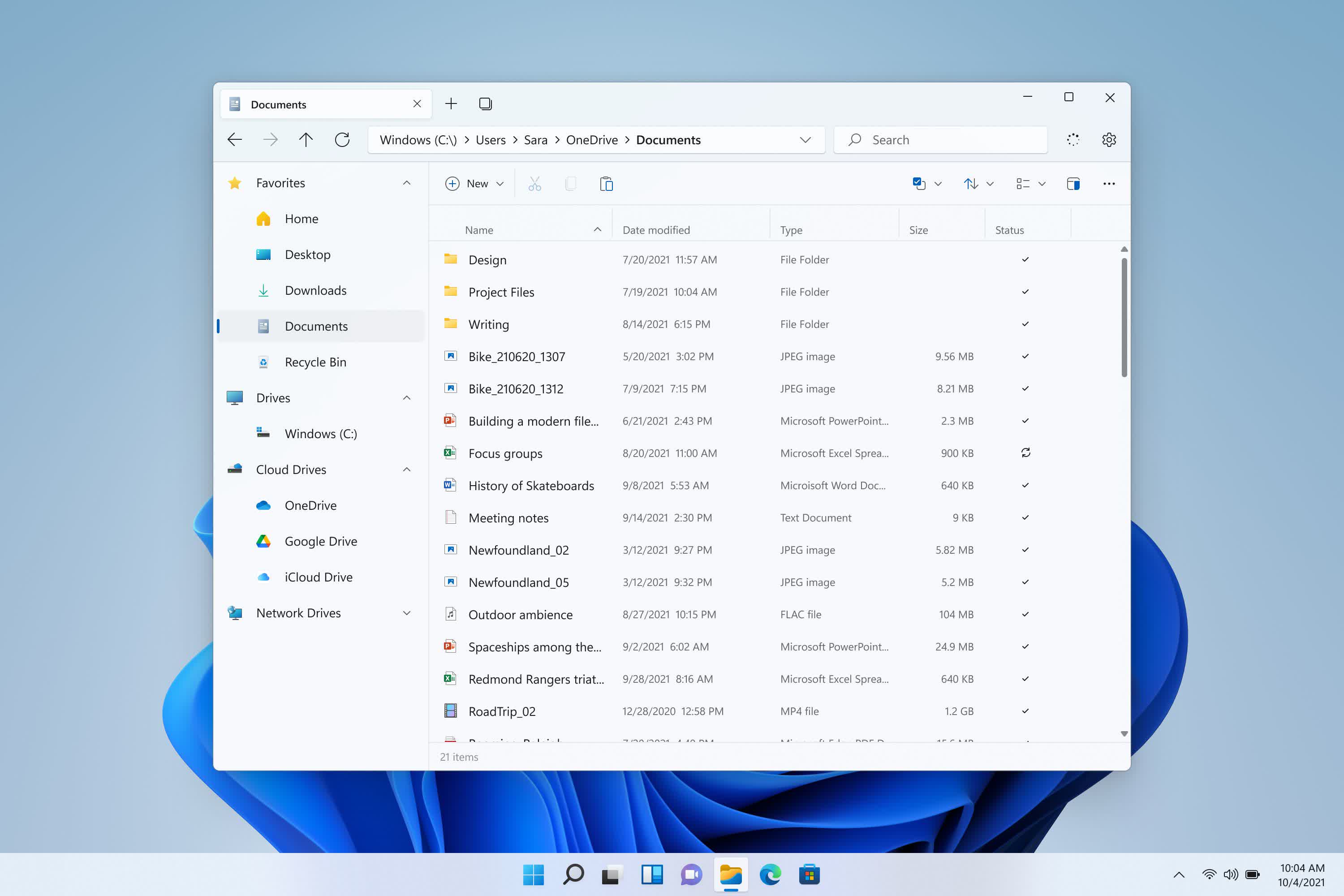
The open-source Files app is basically what Windows xi'southward File Explorer should have been: the pattern is consistent with Windows 11's more polished UI, it supports tabs and panes, and its settings bill of fare is way more user-friendly.
If yous right-click on a file, you'll see the option to "create folder with selection" – no need to create a new folder first so move the file into it. You can also enable checkboxes more easily than in the File Explorer. The preview pane (Ctrl + P) is capable of playing videos inside the same window.
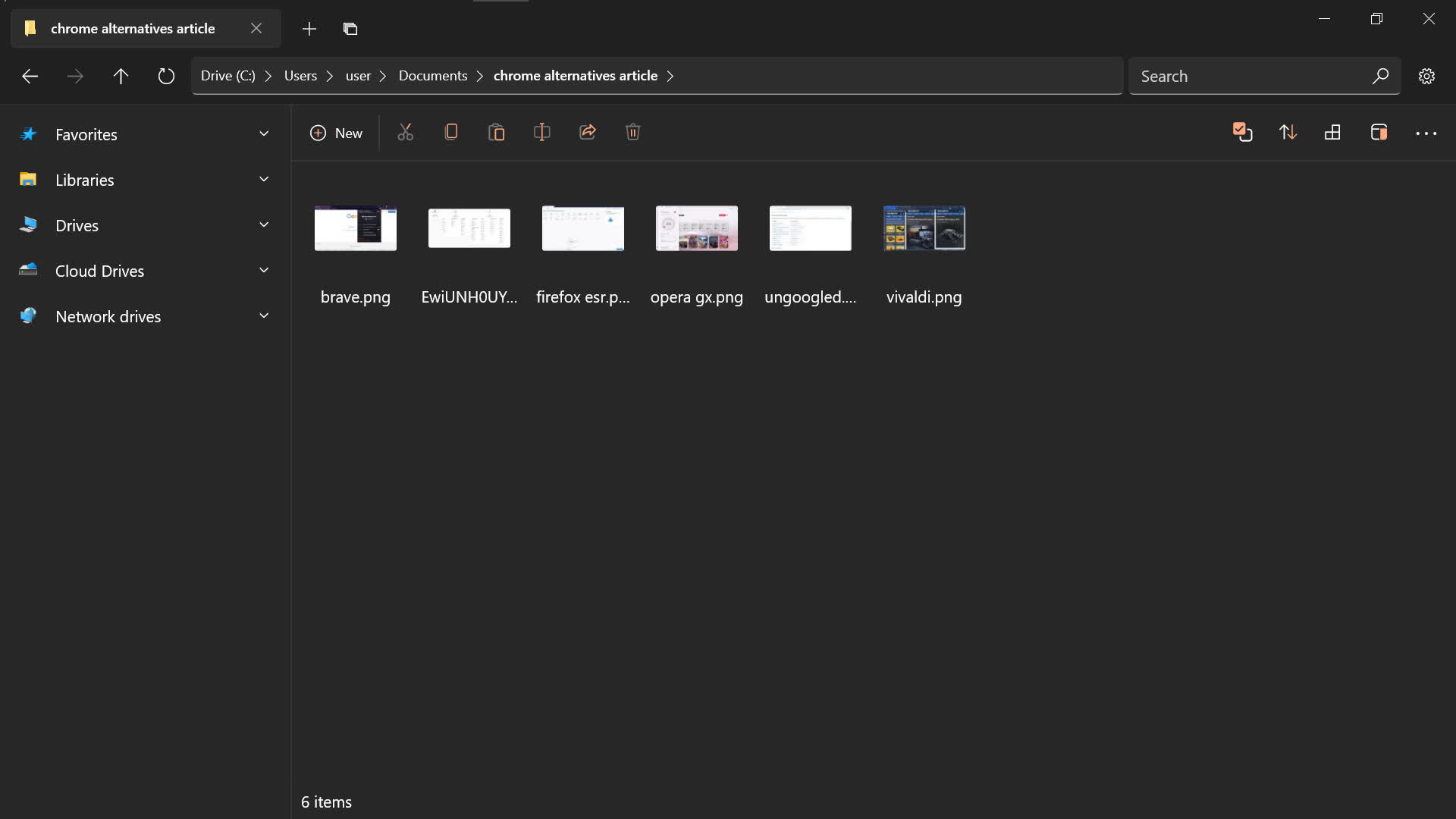
Under Settings > Appearance, you can set dark or light modes, independently of Windows, and choose whether to accept a sub-menu in the right-click context menu. If you lot install the Themes addition, you lot'll also be able to choose a theme. In Settings > On Startup, yous can choose to continue where y'all left off when launching the app.
In Settings > Multitasking, you tin enable dual-pane view (which yous can close at whatsoever fourth dimension after clicking on the ellipsis symbol). Under Settings > Experimental, you tin can enable tags, and brand Files the OS' default file explorer.
RX Explorer
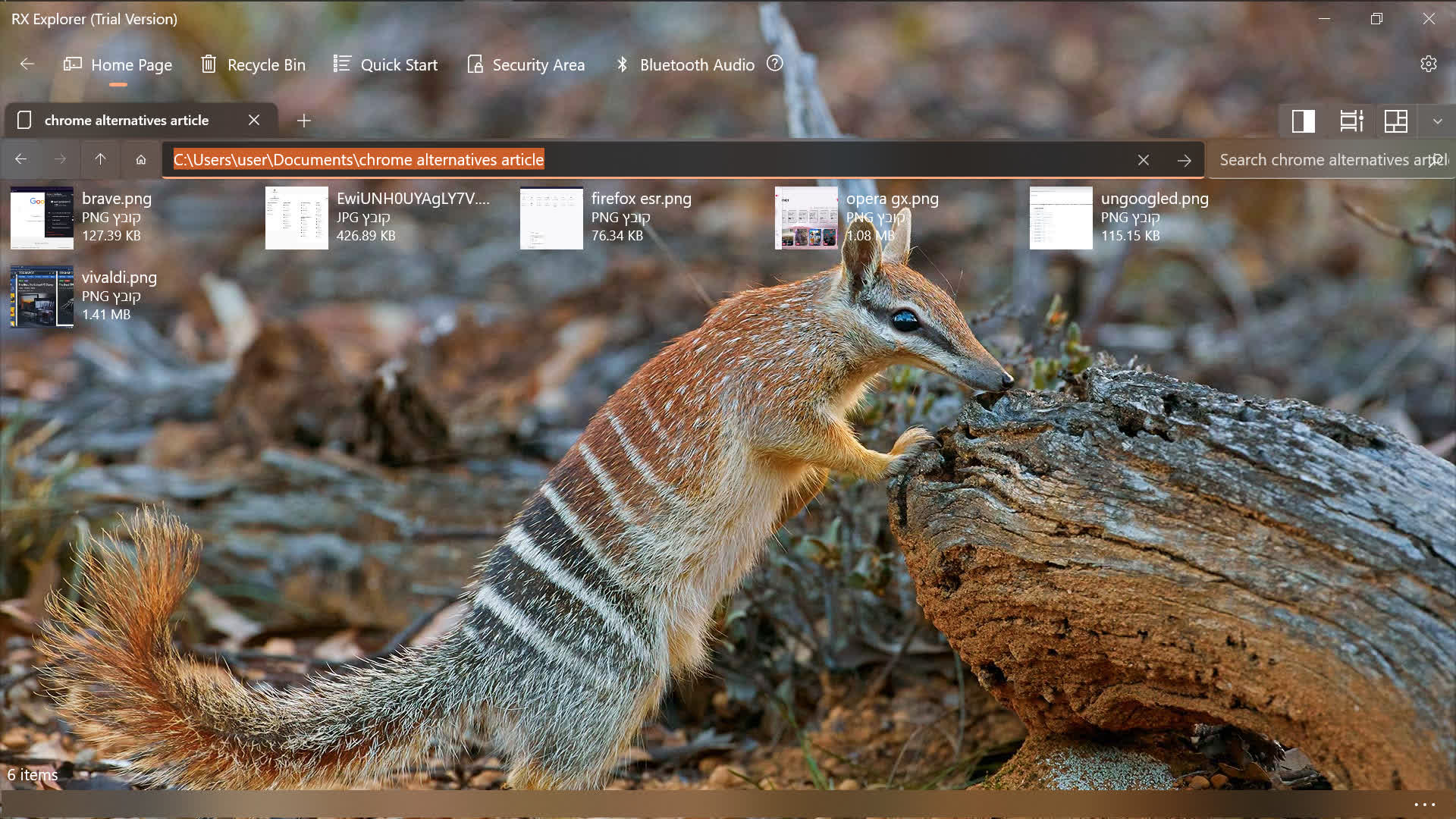
If you lot want something with more style than Windows' default, then RX Explorer is an interesting pick. Cardinal features include tabs and in-app tools that let yous view and edit images and videos, and even transcode them into different file formats. The paid version ($two.50) besides supports a dual-pane mode and in-app encryption features.
Under Settings > Basic, yous can move the navigation menu to the left side of the screen for more than vertical infinite (y'all can also remove icons from that menu by correct-clicking on any of them and and so "customize"), and even better, cull the font of the in-app text.
In Settings > Advanced, you lot tin cull to disable the extended context menu, and set Win + E equally a Windows shortcut to kickoff the app. In Settings > Personalize, you tin can cull not only between white and black background colors for the menus, merely besides any acrylic background color with any level of transparency, a background movie of your option, or to use Bing'due south paradigm of the day. In that location y'all can likewise choose to restore the last open tab on startup.
The app has limited tagging abilities, as y'all can put blueish, purple, green and orange tags on files by correct-clicking on them and then clicking the heart icon, merely the app doesn't back up verbal tags or searching by tag, and so that feature volition only benefit you if you remember what each color ways to you.
The master drawback of the app is that information technology'due south bloated with features that yous probably aren't looking for in a file explorer, such equally the ability to stream audio from some other device via Bluetooth. The app takes several seconds to load, even on a modern organisation, merely if you lot use it for anything that takes longer than opening a single file, those seconds won't mean much to you.
1 Commander
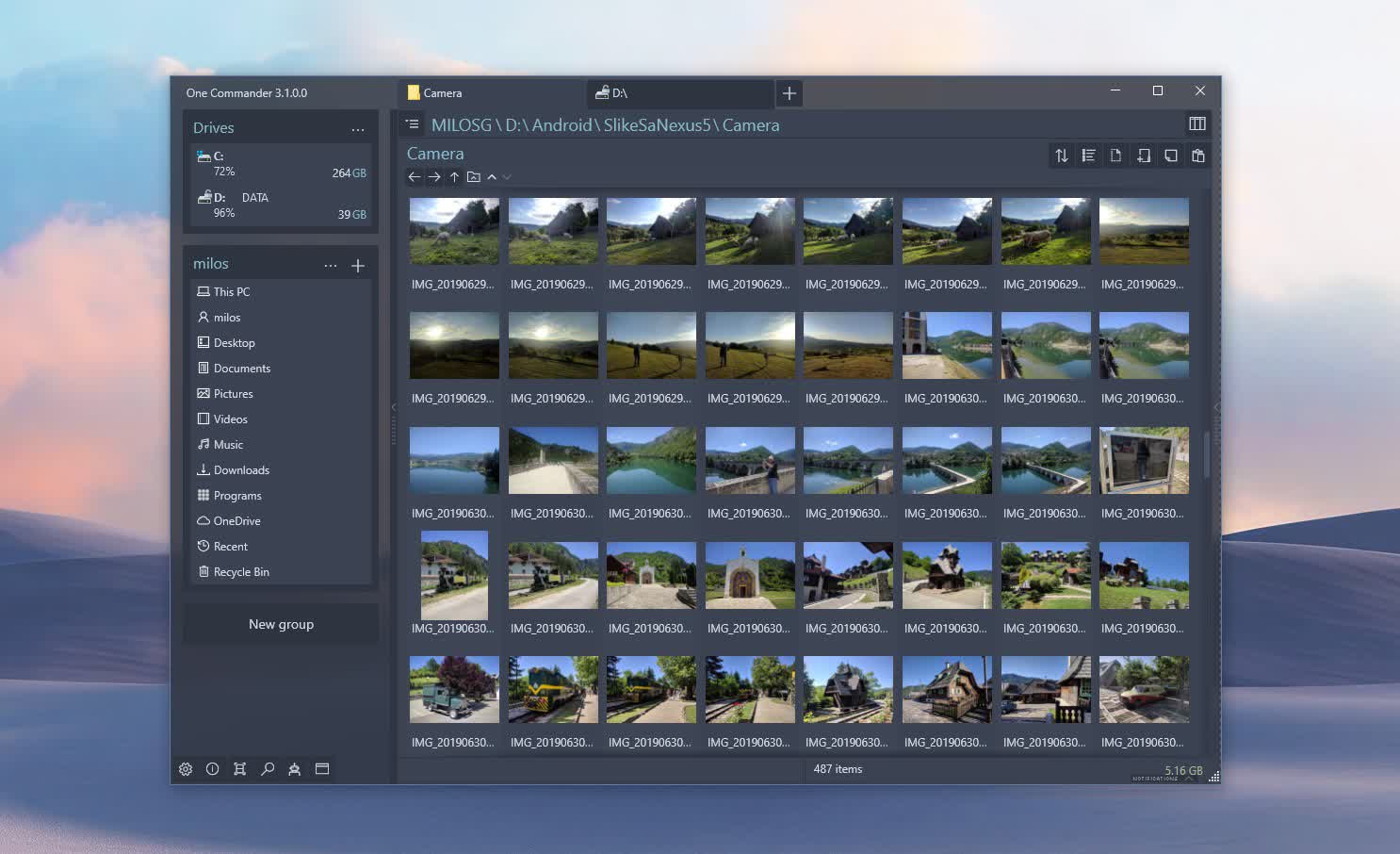
If y'all desire a balanced combination of manner and substance, you should check out One Commander. With this app, tabs and a dark way are only the beginning. The app e'er has two panes open, just yous can hide either of them by clicking the modest arrows on its edge.
Unless y'all get information technology through the Microsoft Store, the app is portable, which means you can save it on an external bulldoze, and then apply it with any computer that you connect that bulldoze to without an installation. Similarly to RX Explorer, you tin can tag files with one of 7 colors after right-clicking on them. You tin can also view video files inside the app.
About the superlative-right corner, nether "change files view," yous can edit everything most the way the app displays the binder'southward files. In the aforementioned surface area, you can create a notation for the binder yous are viewing (the note is saved in the folder as a tiny file that tin exist read by the app).

In the lesser-left corner, you'll be able to toggle a column view that will make your folders experience more like physical folders. The File Automator volition allow yous to mass-rename files or mass-convert images to the JPG format. If you lot buy the Pro version ($8), you lot'll be able to convert many file types to many more formats, or run a script on them.
Under Settings > Theme, yous'll be able to supplant the app's icons with those of Windows, toggle the app window'southward acrylic effect, choose its accent colour, or change the scrollbar width. In Settings > General, you tin can change the duration of animations or disable them completely. That's just the tip of the iceberg of the changes y'all tin make to the app's appearance. Only changing the text font requires the Pro version.
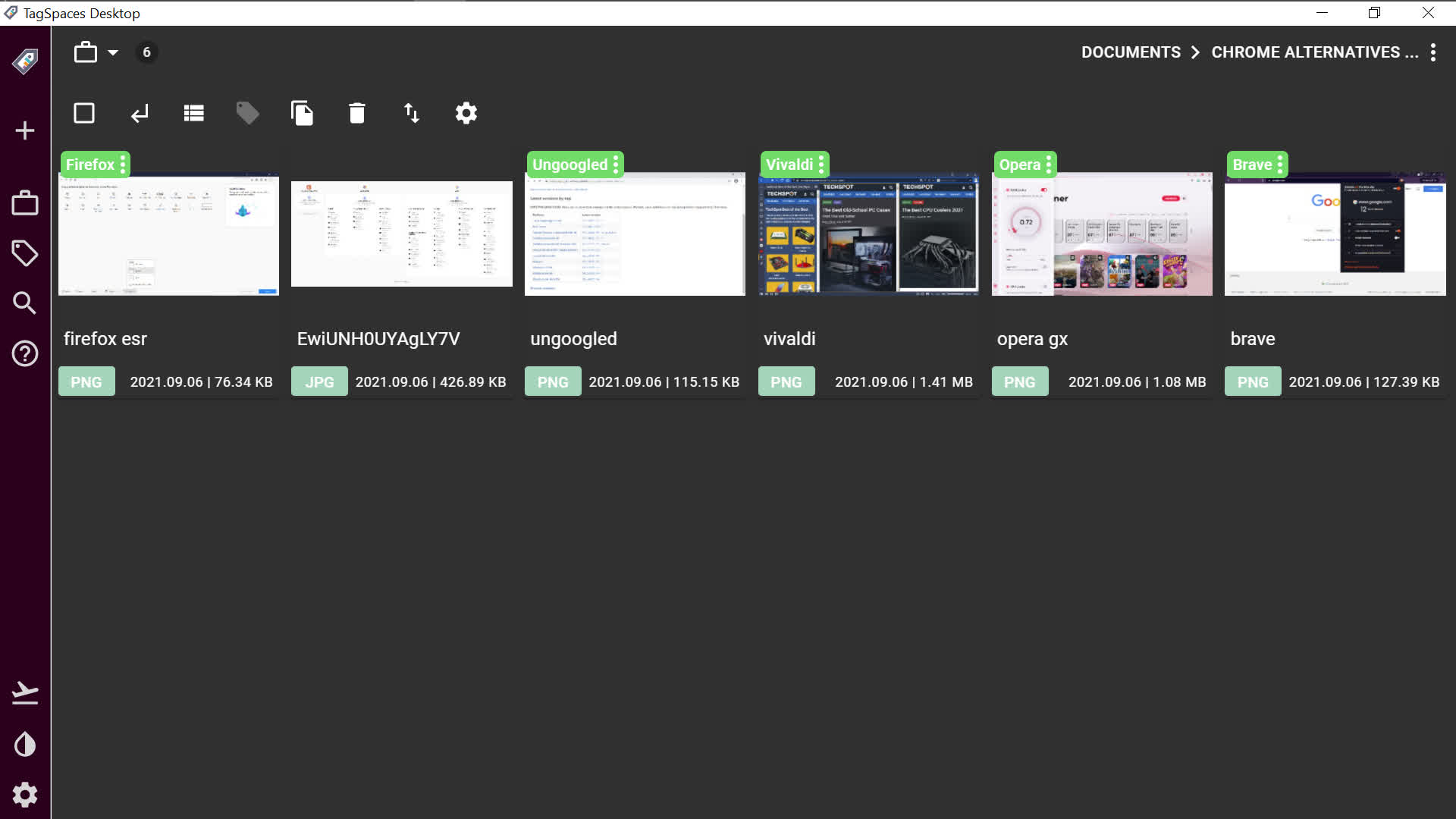
If you like the thought of tags, then TagSpaces may exist the ultimate app for you lot, even though it can't fully supersede the Windows File Explorer. The app isn't merely portable, only supports macOS, Linux and Android besides.
The app doesn't rely on the operating system for paradigm-file thumbnails. Instead, every time you lot view a folder with it, the app creates a subconscious folder named .ts with thumbnail images for the epitome files within the folder you view. If this doesn't appeal to you, you lot tin disable generating thumbnail images under Settings > General.
The app can create exact tags in i of two ways: either by creating a tiny "sidecar" file in the relevant .ts folder (the sidecar file will follow the tagged file as y'all movement it around folders, but merely if you do information technology with the app), or adding the tag's name in brackets to the file'due south proper noun. If you lot've already used brackets within file names, the app volition recognize the parts inside the brackets as tags.
You tin tag a file either with the correct-click card or with the binder's top menu. Only call up to click Enter later on creating a new tag, before you click "add tags."
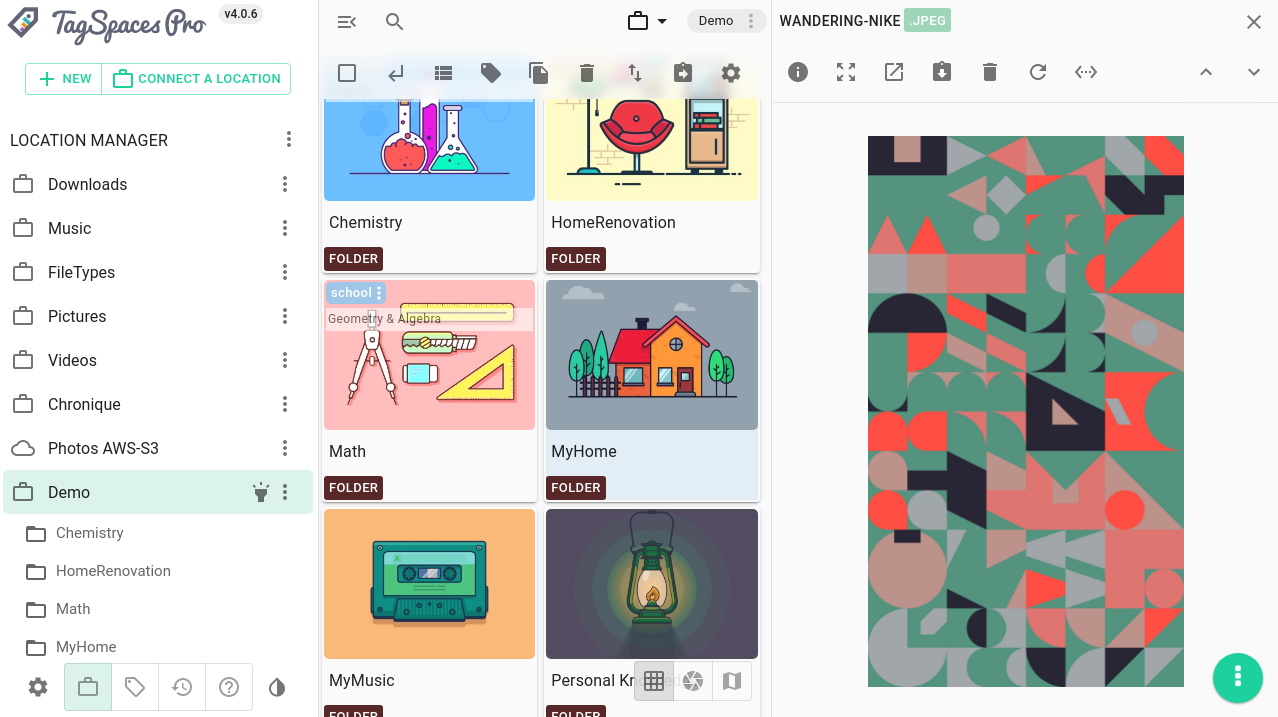
Like in One Commander, you tin can create a annotation as a tiny file within the folder that can be viewed in the app, using the sidebar. With the aforementioned sidebar you lot tin can view all of the tags you've created and view all of the files that have whatsoever tag past clicking on it. The sidebar also lets you quickly switch between dark and light themes.
The main problem with TagSpaces is that information technology doesn't map your drives automatically. If a file isn't on your desktop or inside a folder such equally Documents or Downloads, yous'll need to add its location manually to access it. As a non-Windows-specific app, it will bear witness you the temporary versions of document you lot didn't save, which Windows doesn't show.
The app doesn't rely on the Windows clipboard either, which means you lot tin can't use the cut, copy or paste actions independently of each other, and need to utilise the combined "re-create or move" office through the acme or correct-click menu. Also, as the app doesn't assume you have a mouse, you tin't choose several files past dragging the cursor. If you want to choose more than than one file at once, you lot should either use the list view (with checkboxes) in the top binder menu, or utilize Ctrl or Shift.
In Settings, you can brand changes to the app's default colors and fundamental bindings. If you purchase 1 of the Pro versions, you'll accept admission to more than features, such as geotags, adding descriptions to files and irresolute each binder'due south background color. Starting at $48 per yr, though, nosotros think it's a chip too much for too little.
XYplorer
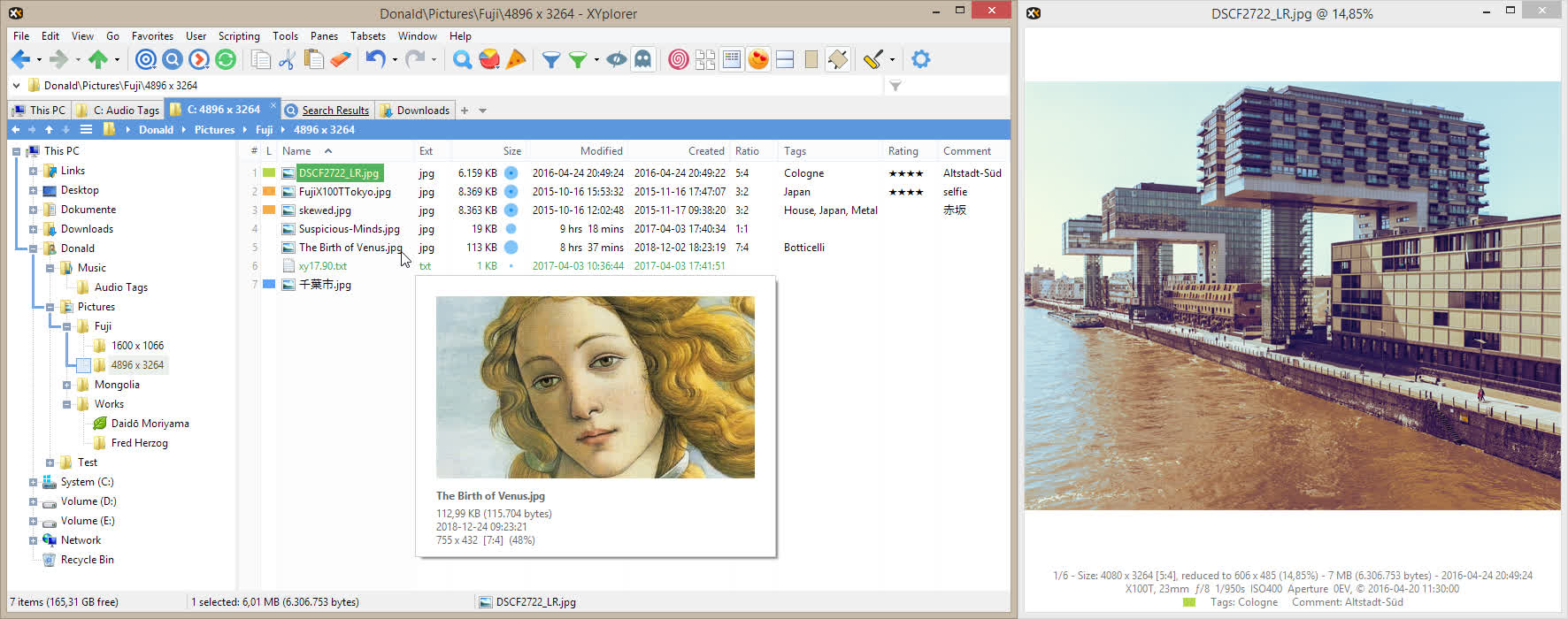
What do you lot go by paying for a file explorer? XYplorer'due south 30-twenty-four hours trial version is probably the best way to find out. This portable app doesn't hibernate its all-time features inside menus, but shows you almost everything you demand on its top toolbar, which you tin can customize by right-clicking on it.
Those features include a dual-pane mode, a dark mode, a touchscreen mode; instant marking of files or folders that were created or modified recently, empty dirs, or files that have overly long names; different column layouts that are more than suitable for folders with different types of files; showing how many files of each format the folder has; filtering files of sure types, sizes or ages; and a list of recently viewed locations.
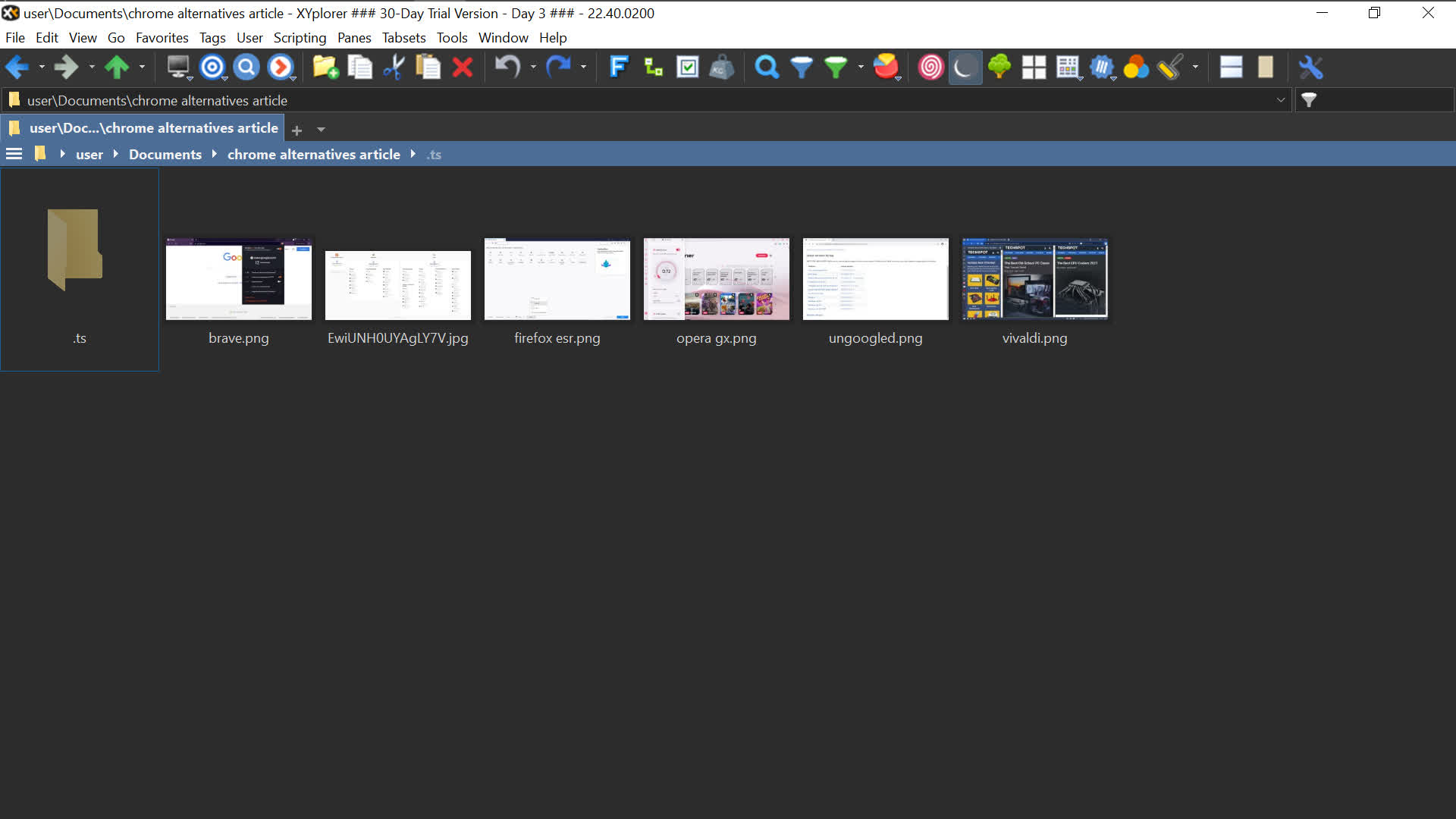
In the summit menu, under "panes," you can cull between horizontal and vertical panes. In the same menu, under "tags," you tin can add colour labels or exact tags to the selected files. You can later search for files by either label or tag with "find files" (Ctrl + F). In Configuration > Tags, y'all tin can choose upwards to 31 color labels to add to that menu. The configuration menu besides has many options regarding fonts, colors and manner.
The app'southward site has an active script-substitution forum, where you tin can find user-generated scripts you may desire to use. If you want to buy the app, it'll exist $twoscore for a license valid for any number of PCs and one yr of updates, or $80 with lifetime updates.
Source: https://www.techspot.com/news/92214-5-windows-file-explorer-alternatives-you-try.html
Posted by: royliting.blogspot.com


0 Response to "5 Windows File Explorer Alternatives You Should Try"
Post a Comment